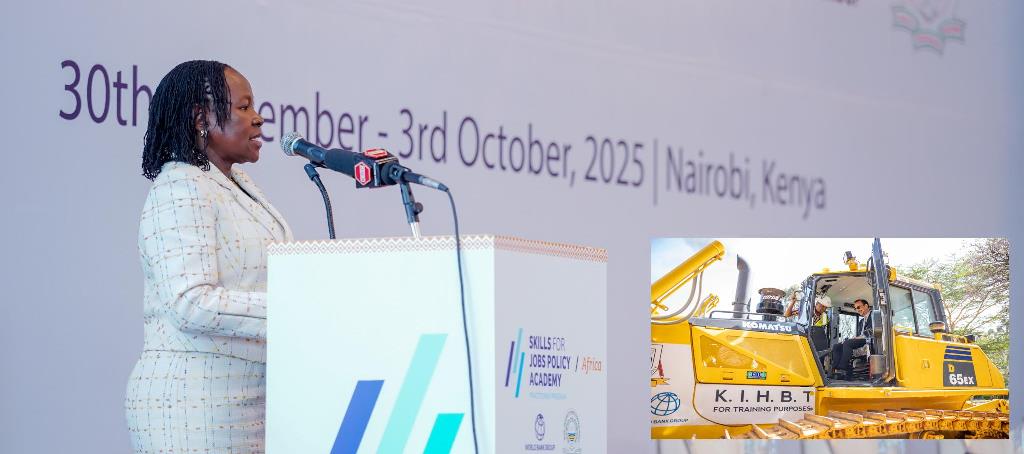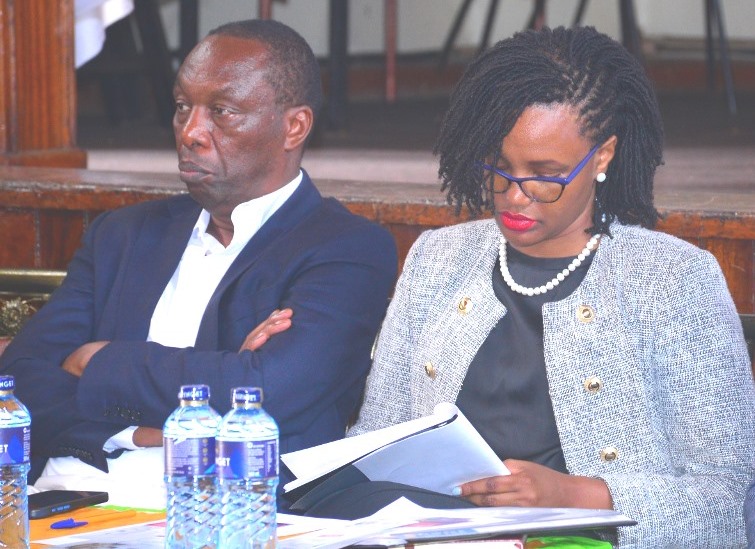Keiyo North Member of Parliament Adams Kipsanai has urged parents to take a more active role in guiding their children to curb the growing cases of unrest in schools.
Kipsanai said that many parents had abdicated their parental responsibilities, leaving learners vulnerable to negative influences that often led to indiscipline and the destruction of school property.
“Parents must go back to the basics of proper guidance and discipline. When we neglect our children, they fall prey to bad behaviour, and that’s where unrest begins,” he said.
Speaking in his constituency, the MP warned that unrest not only disrupts learning but also destroys the future of young people.
“School unrest interrupts studies and ruins lives. We must remind our children that there are acceptable ways to express grievances — not through violence or destruction,” Kipsanai added.
READ ALSO:
Good news as Govt launches NYOTA youth empowerment programme in Kisumu
He cautioned that stern action would be taken against students found guilty of vandalising school property, saying such acts would not be tolerated.
“School property must be protected at all costs. Any student involved in destruction will face the full force of the law,” he said.
Several institutions in the constituency, including Tambach, Kimiron, St. Patrick’s, and St. Alphonsus High School, have recently experienced incidents of unrest, with some still closed.
Education stakeholders have linked the rising cases of indiscipline to academic pressure ahead of national exams, strained relations with school administrators, drug abuse, strict regulations, and inadequate facilities. Broader social issues such as moral decay and political agitation have also been cited as contributing factors, particularly during the high-stress third term.
By Kimutai Langat
You can also follow our social media pages on Twitter: Education News KE and Facebook: Education News Newspaper for timely updates.
>>> Click here to stay up-to-date with trending regional stories
>>> Click here to read more informed opinions on the country’s education landscape






